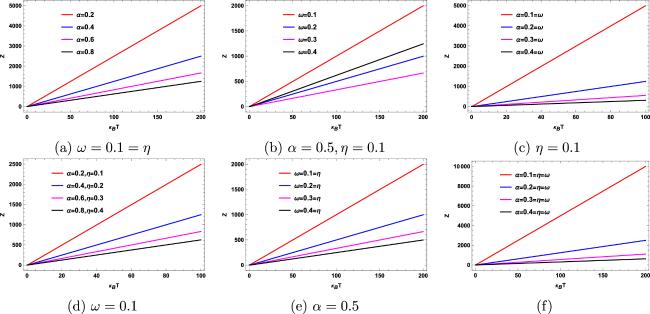Topological defects are irregularities or discontinuities that arise in ordered systems, frequently encountered in fields such as condensed matter physics and cosmology [
22]. These defects emerge when the system’s order parameters fail to maintain uniformity across space. Different types of topological defects [
23] include: (i) domain walls [
24], which are 2D surfaces separating regions of different phases; (ii) cosmic strings [
25], which are 1D lines resembling cracks in space-time; (iii) monopoles [
26], which are point-like defects carrying magnetic charge; (iv) textures [
27], which are 3D configurations without a distinct core. Each type of defect has distinct physical implications and is characterized by specific topological properties [
28]. In condensed matter systems, such as liquid crystals and superconductors [
29,
30], topological defects can significantly influence material properties and phase transitions [
31]. In cosmology, these defects are believed to have formed during symmetry-breaking phase transitions in the early Universe, potentially affecting the large-scale structure of the cosmos [
32]. However, the study of topological defects is constrained by the difficulty in detecting and observing them directly, especially in high-energy and large-scale contexts. Additionally, theoretical models must address the complexities of non-linear dynamics [
33] and quantum field theory [
34] to fully describe these defects.
















